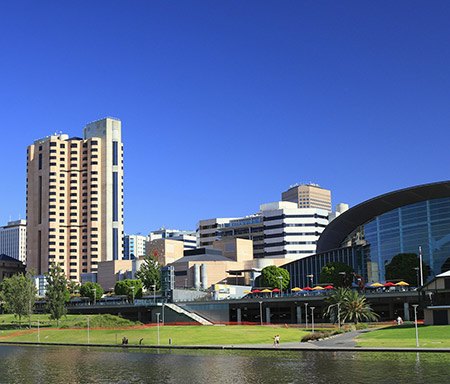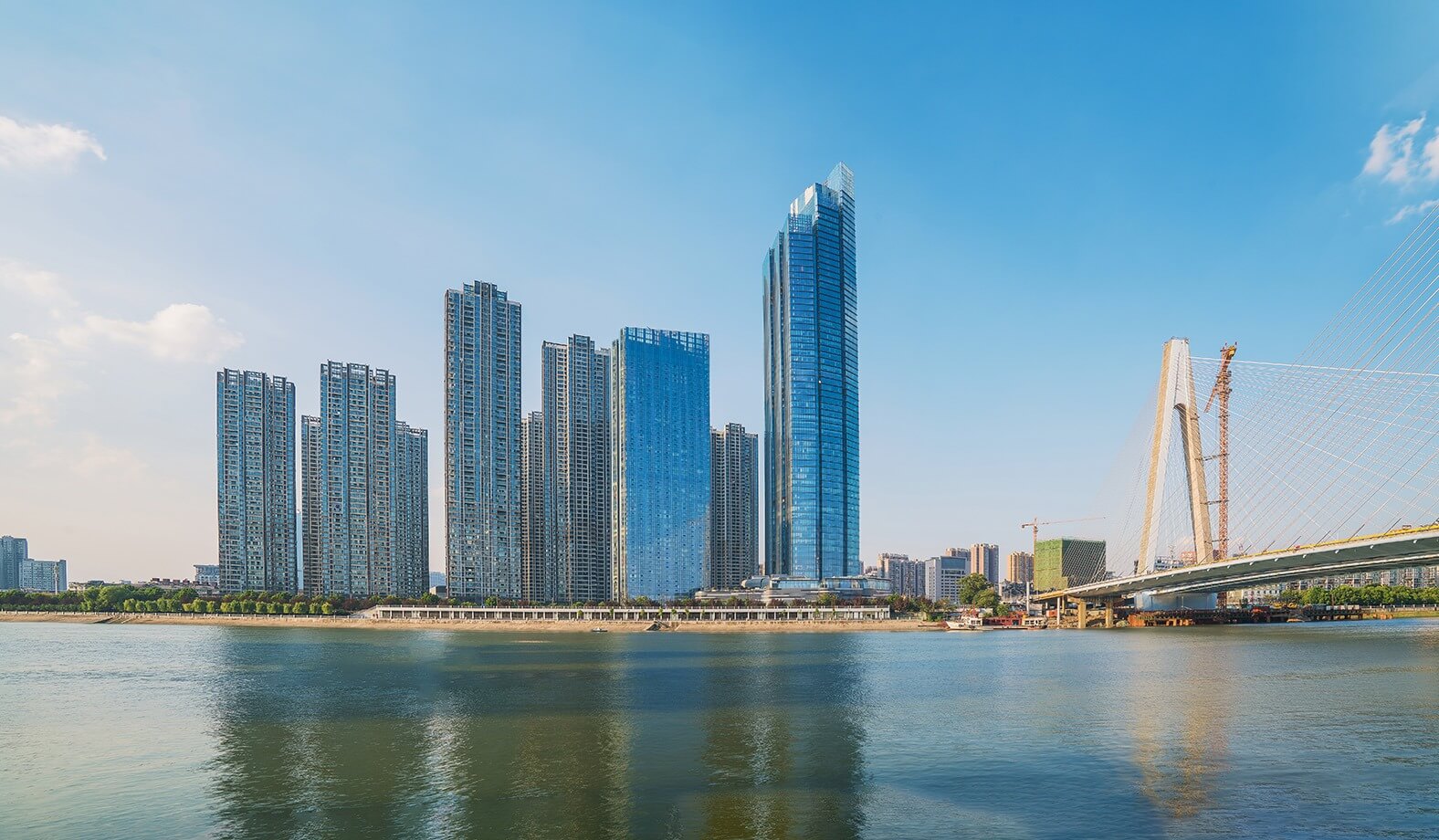
City lowdown: Wuhan
Wuhan, the most populous city in central China, is labouring under the weight of substantial supply, but its dynamic economy and forthcoming infrastructure works make it a solid long-term bet.
The capital of Hubei has a population of 10.9m and is located at the intersection of the Han and Yangtze Rivers, 430 miles west of Shanghai and 654 miles south of Beijing. The city is part of China’s ‘trillionaire’s club’, with GDP of RMB1.34trn in 2017. Tertiary industries, primarily the service sector, totalled RMB714.1bn, 53.3% of total GDP.
Major industries include automobile manufacturing, iron and steel manufacturing, pharmaceuticals and biological engineering. More than half the Fortune 500 companies have a presence in Wuhan.
James Macdonald, head of China research at Savills, says: “Wuhan is currently undergoing one of the largest infrastructure construction periods in its history, ranging from the development of new metro lines and an airport to bridges and highways. Negative side-effects such as congestion and pollution are likely to continue in the short term, but in the long run a better environment will emerge, benefiting emerging retail areas and stimulating economic growth.”
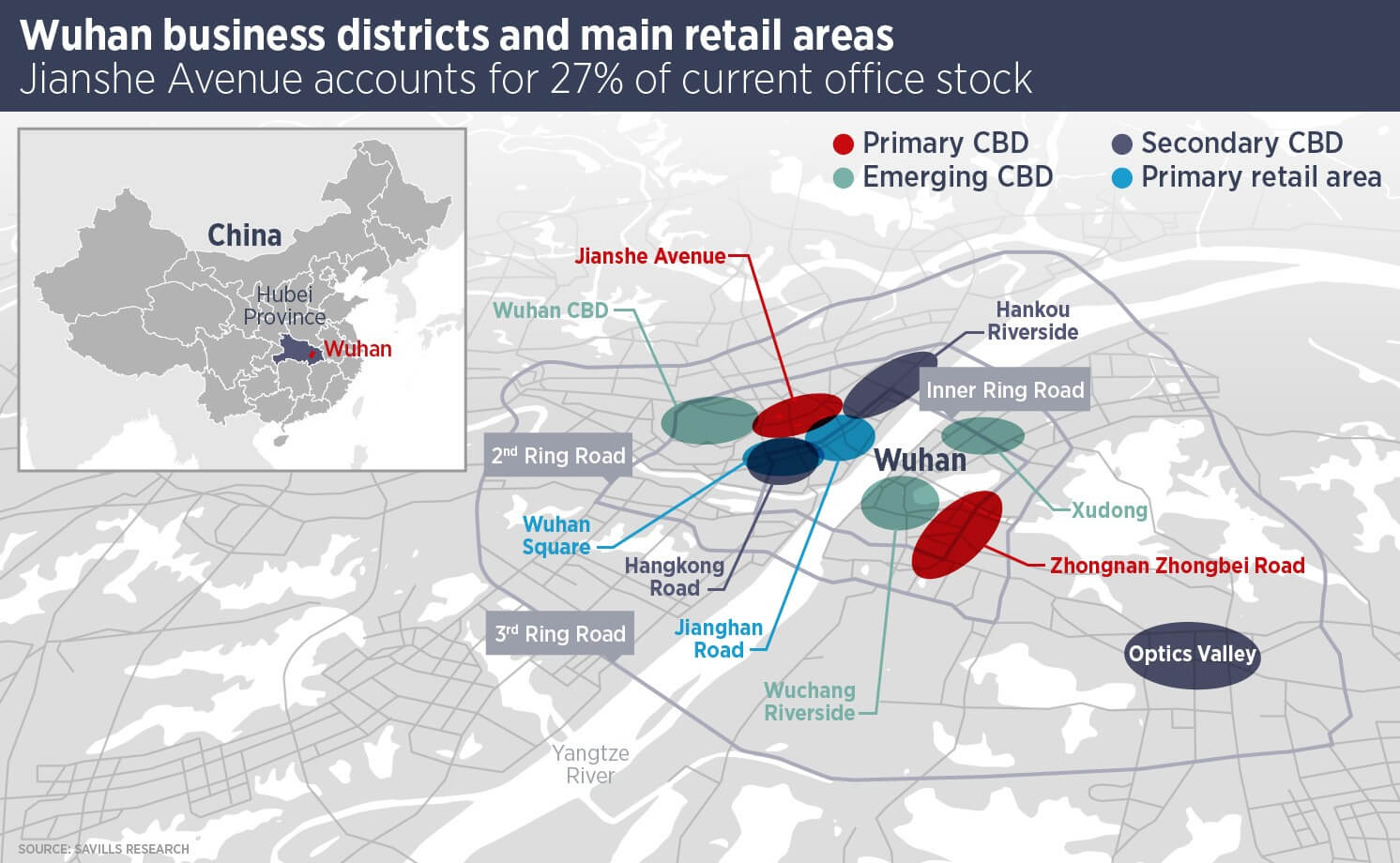
The city has two core CBD areas: Jianshe Avenue and Zhongnan & Zhongbei Road, where office rents are typically RMB120 per sq m per month, and a number of secondary and emerging areas where rents are slightly lower. The decentralised Optics Valley area has potential to emerge as the favoured location for the IT and electronics industries. The Wuhan Square and Jianghan Road areas are the city’s prime retail districts, although newer retail nodes are emerging.
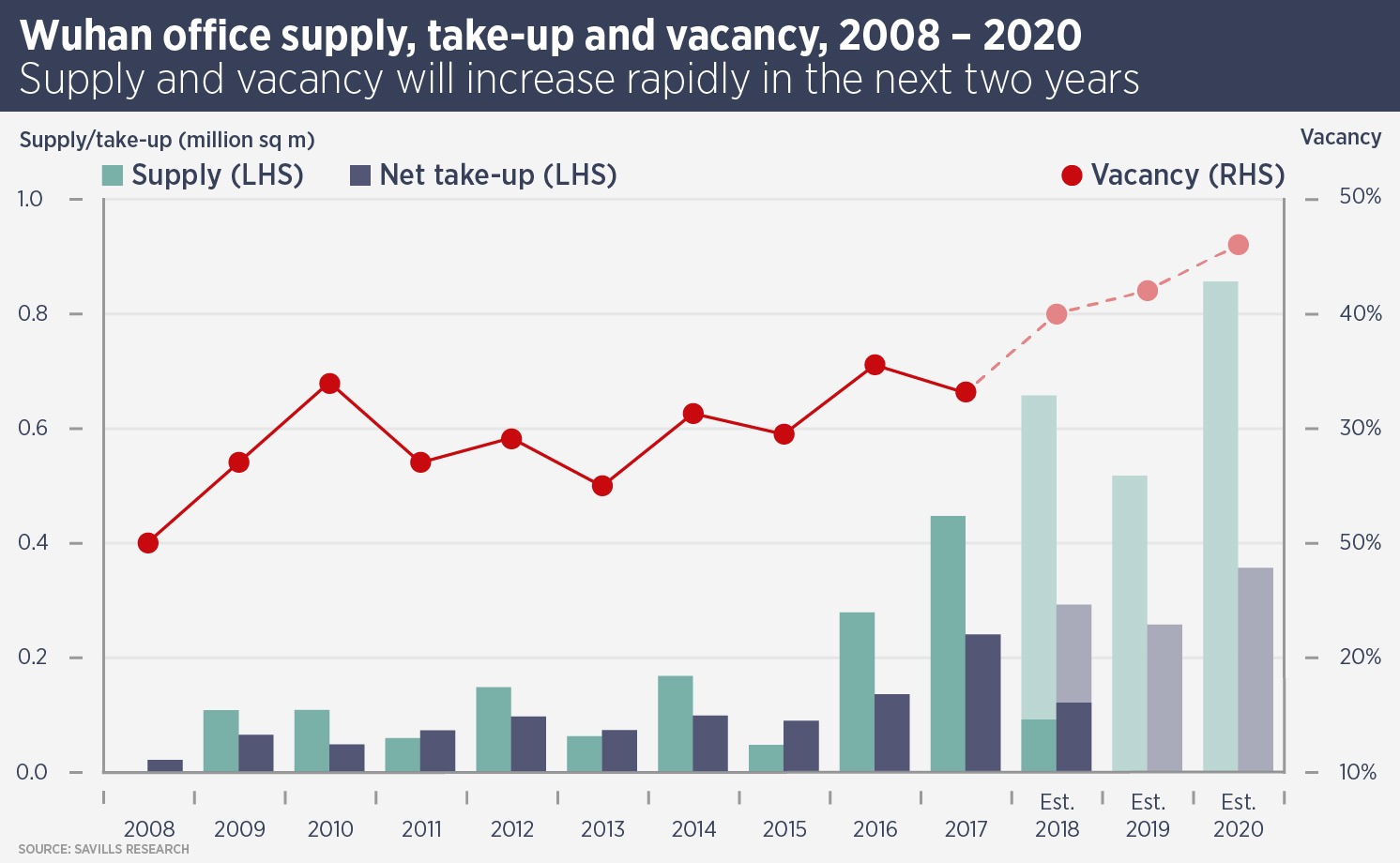
Office rental growth will be muted at best over the next few years due to substantial recent and future supply, more than a quarter of which will be in the Jianshe Avenue district. New supply in the next five years is expected to double the existing stock of office space. However, the continued improvement of the city’s office stock is expected to pull companies into newer buildings.
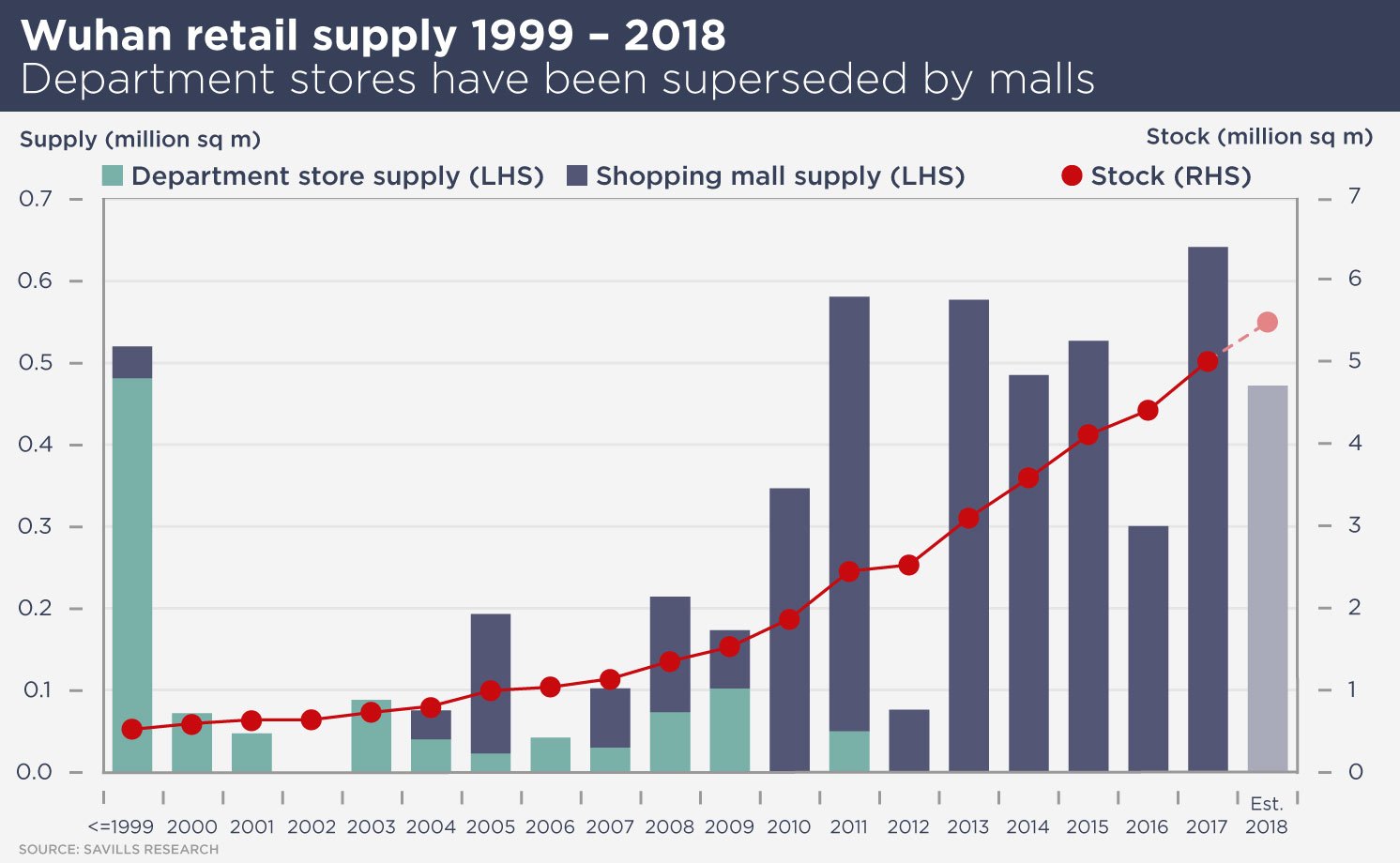
The city is expected to see more than 3m sq m of new retail space open over the next five years, exclusively in new malls, superseding the department stores which characterised Wuhan’s earlier retail development. International developers such as New World, which opened a K11 branded mall last year, and CapitaLand are active in the retail sector.
Macdonald says: “Wuhan’s political and economic status, fast-improving urban infrastructure, together with government measures to attract and retain talent, will make the city an investor’s darling and the preferred location for owner-occupier headquarters in Central China.”
Further reading:
Savills China
Contact us:
James Macdonald


